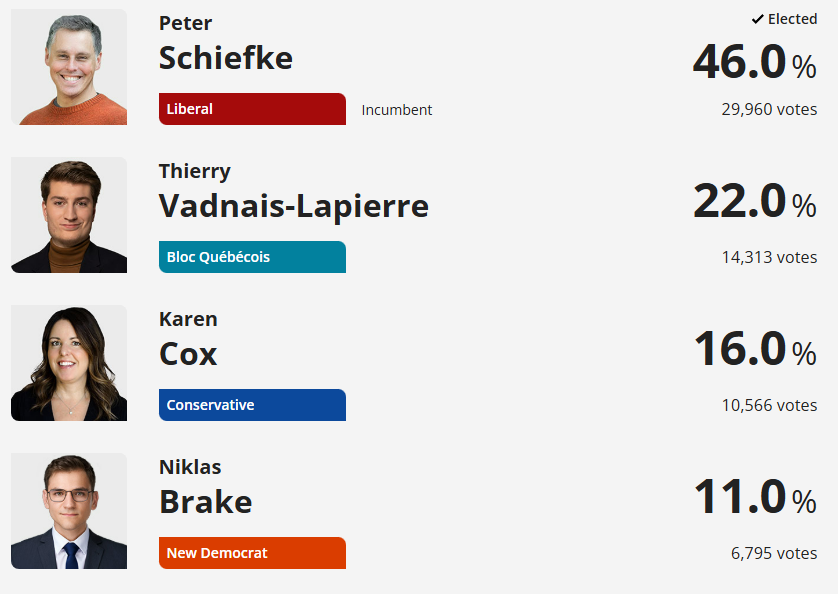I have had more thoughts about getting a pro-natal non profit going in a communal way instead of the individual condo -> house method I posted about a few days ago.
I would use the same applicant / candidate / selected method previously described, though I would revise it as an ad for young men and women, in couples or single. I learned that asking for specifically aged 18yo women and 24yo men could be age discriminatory. Also; I am not to specify gender roles in terms of the man having the bigger income; I will allow for the couple to work out for themselves this arrangement. Though, in the selection process I will look for situations where the guy is safely employed as most likely the woman would stay home due to pregnancy, maternity leave and child rearing.
At the first presentation, if there are any existing couples, who, after the presentation are interested in participating in the program, they will be part of a cohort that can be selected first. Couples that are selected, up to five of them, will be given the choice to follow the individual condo plan I outlined previously, or to enter the communal plan I describe below.
Any single individuals who come to that presentation who end up forming a couple with two prescheduled dates in the subsequent three weeks, we will touch base with them for three weeks. For couples still together and still interested in participating in the program, we will get all of them together to attend weekly homemaking lessons for things like cooking, what to expect at child birth, what to expect after birth in the first few months, personal finance, budgeting, RRSP, RESP, TFSA, etc. that will last another three months or so. If after that they still want to participate in the program, they will become cohort 2 using a selection process to get five couples.
From the original individual plan, once the non profit organization owns 15 condos and a few houses that we own outright and for which we receive rent payments, we use that to assist in getting a loan and to finance (with some of our own money) the construction of a purpose built communal building of about 15 storeys.
The ground floor will be a gym and pool and a locker room between them as well as the main entrance, mail boxes, access to the elevators and perhaps a management office.
Each residential floor above will be constructed in the form of a U shape with residential units all along the outside wall of the building on three sides, but having an opening in the middle with floor to ceiling windows on the fourth side. This communal area in the middle will have things like laundry machines, a large kitchen, and folding chairs and tables so that they can be moved aside outside of eating times to allow for the space to be multi purpose. Perhaps too there could be a balcony sticking out of the building on that fourth communal side.
Levels 1 and 2 will have a mix of two bedroom condos and what I'll call family units. The family units will have four or five bedrooms and be generally larger to accommodate families with 4-6 children. There will be 15 two bedroom condos so as to have a cohort of five couples move into units 1-5 as cohort 1, a year later cohort 2 moves into units 6-10, a year later cohort 3 moves into units 11-15 and during that year, the families of cohort 1 who ought to have two kids by now, move into a family unit where they will stay for the remainder of their time in the building. So the fifteen two bedroom units will have new couples cycle through about every 2-3 years.
Levels 3 to 15 are all family units, still in that U shape, though, mixed among the floors are two lounges that are to be of use for the whole building, rather than just that floor - one, a teen lounge and another, an adults lounge.
As with the individual condos, we will charge each family 30% of their income to rent their condo which will include electricity and internet. They will need to pay for insurance and food and with respect to food, all of the families on the floor are to work out how they will use the communal living area - is it every meal every day? Is it only dinners? Who takes charge? Do different families take different nights? How is the communal food paid for?
When a family reaches having four children, they will be advised that at any time between that time and having been in the communal living building for 20 years, that they will need to form an exit plan so as to make room for new cohorts. As a non-profit we will help them by paying up to 70% of a house that they move into; and they pay the remaining 30%. The candidates will be advised of this exit program at the time they are offered to join the program so that it does not come as a surprise.
As an option, the non-profit could build another building with a similar communal setup, intended for families that are no longer having young children, so it could be a mix of family units to take the families as they are from the first building, and also a mix of one or two bedroom or studio units that the kids can move into, to eventually move out and for the parents to move into, as their kids move out. Of course, it is possible that kids of the communal living from two different families end up forming a couple, these would automatically join a cohort since they already know what communal living is about. Once the very first few cohorts get to four children, we can survey them to find out if continued living communally was of interest to them; if it is, this will direct us to build the new building.
With respect to construction, I had the idea that the structure and the envelope and the first five two bedroom condos can be built at the start of the construction all together, but then a small construction team can be hired long term to build all of the remaining units one at a time for the entire building as our population grows.
For the pool I had the idea that once it is opened, I would hire a lifeguard to provide mom (or dad) and baby pool sessions. Then, once the kids are aged 3 or 4, start giving them weekly lessons. Once the oldest kids are aged 6 or 7 start having a free swim period and now hire two or three lifeguards to watch the pool. Eventually, teach all of the children not only the full swim lesson suite, but get all children (perhaps with the exception of any that are handicapped or willfully dislike the idea) to go through the certification necessary to make them lifeguards, so that not only can we start to hire them inside our pool in our building, but, they can get jobs outside of the building as lifeguards.
Once I am sufficiently advanced in this, and can show how effective my plan is to increase the birth rate, I can do two things. First I would contact the provincial government, present to them the findings from my program, and find out if they can help subsidize this program to help to expand it. Second, I would start a charitable foundation to accept donations from other individuals or corporations to as to promote this pro-natal program.
Then, I can expand this program to other cities in Canada with an ultimate goal of having 5000+ births per year. In 2022 there were 351,679 babies born in Canada, in 2023 it was 351,477, so adding 5000+ births would be a 1.4% increase in births which would indeed have a measurable impact on the national birth rate.

